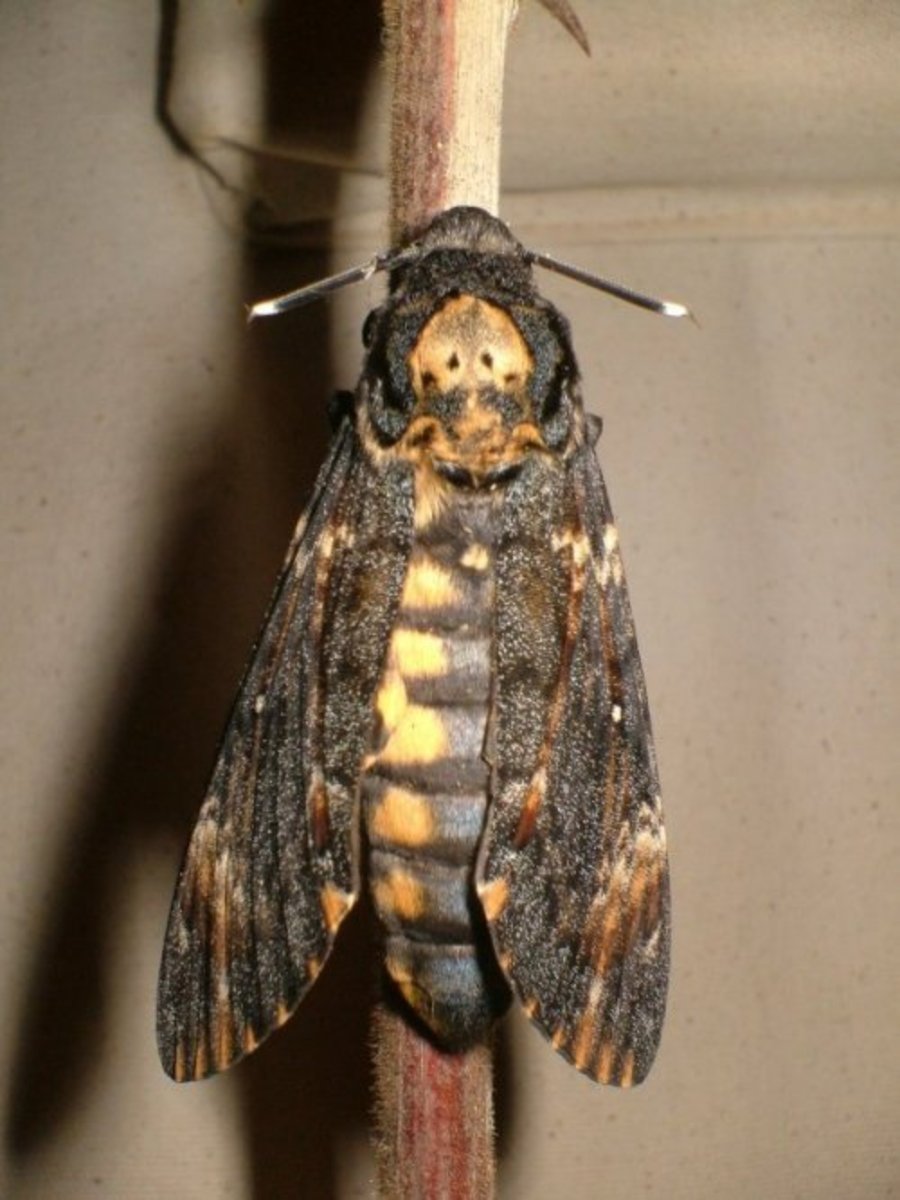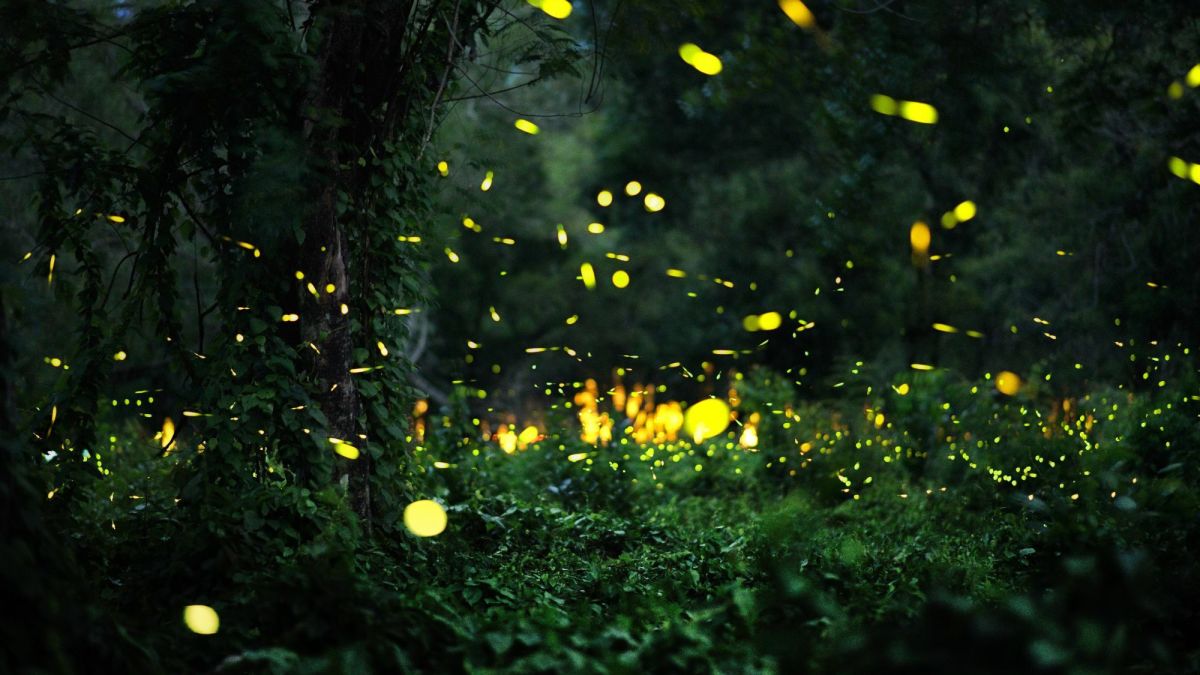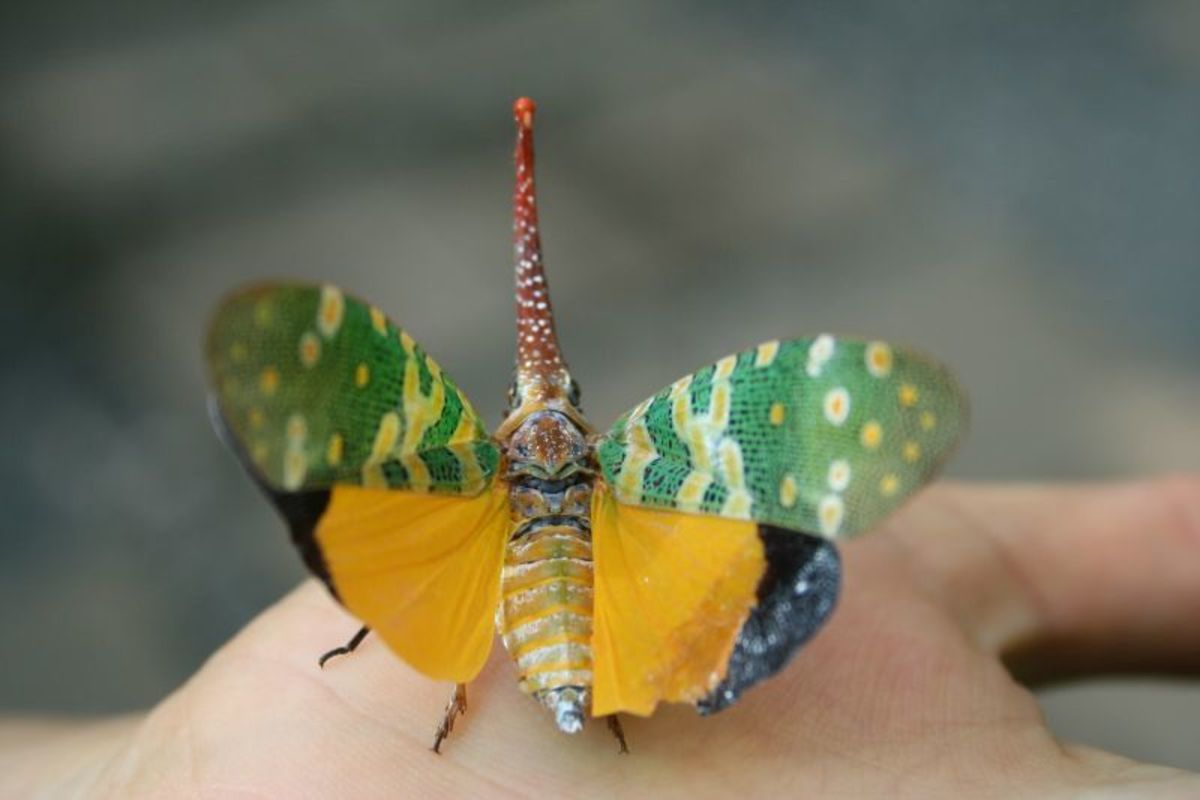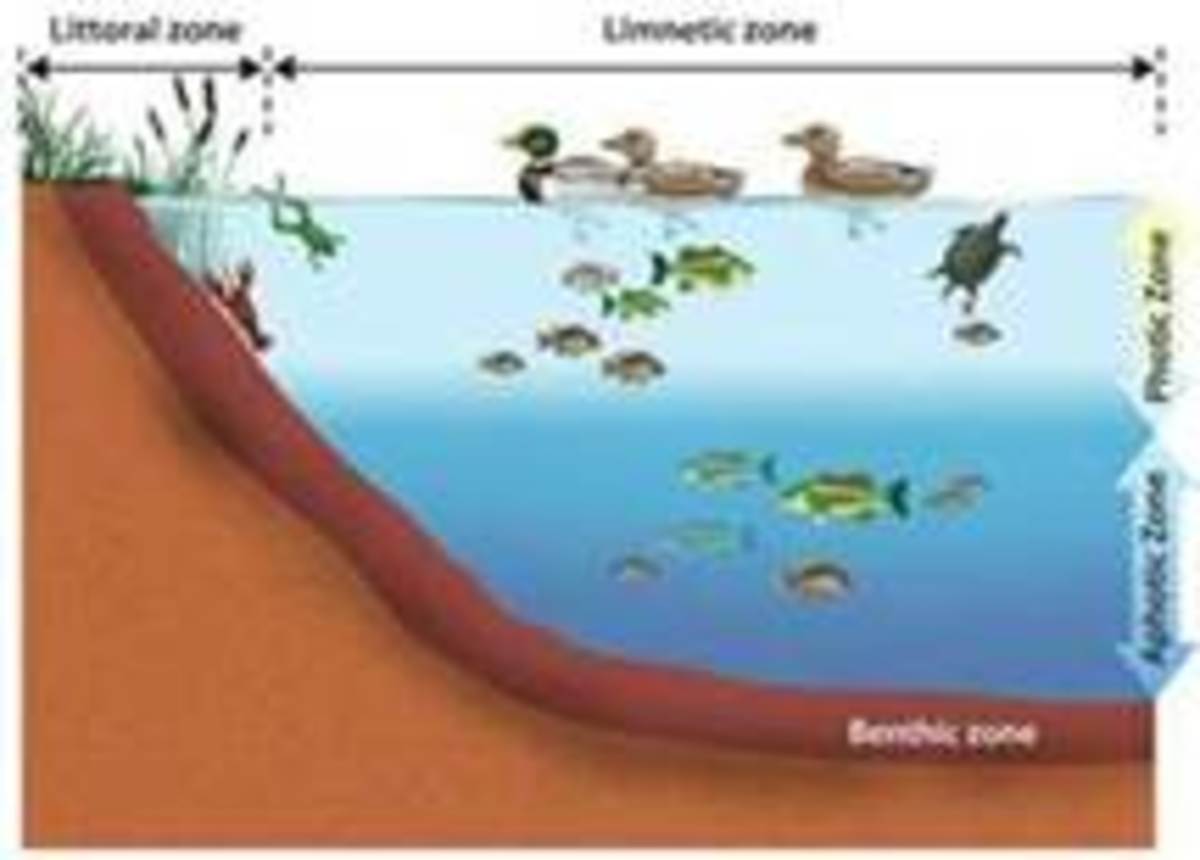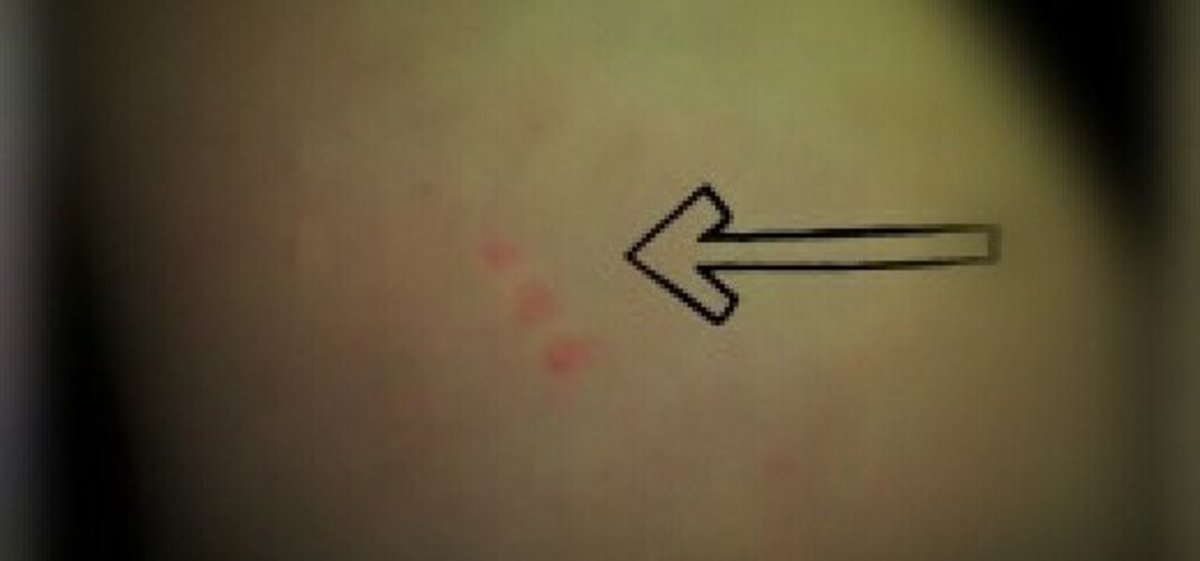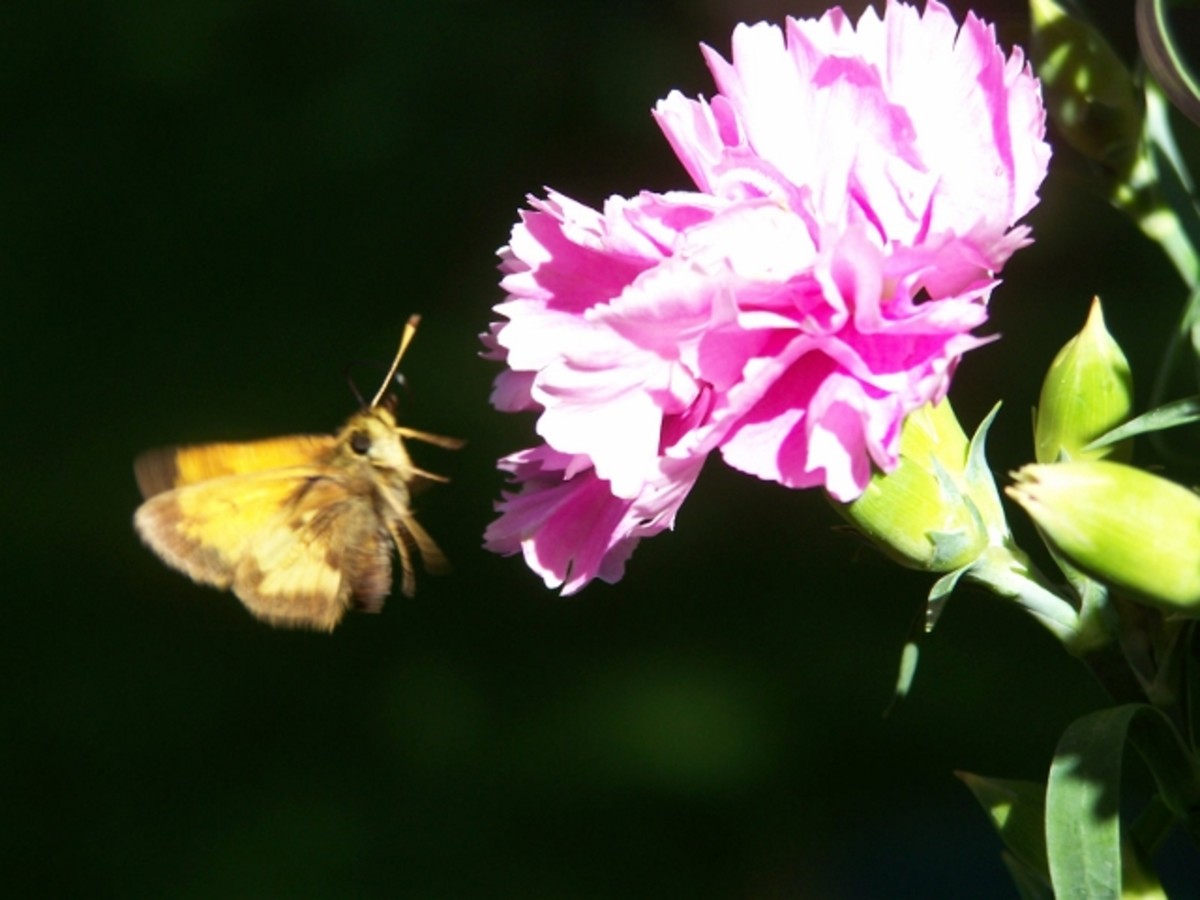- HubPages»
- Education and Science»
- Life Sciences»
- Entomology
Nocturnal Insects To Spot With Your Children
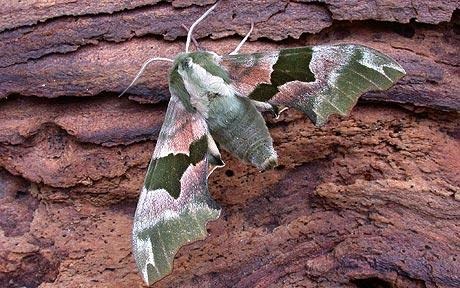
The Biodiversity Of Insects
Insects make up a huge percentage of the Earth's biodiversity and are an irreplaceable link in the food chain. Many larger mammals depend almost entirely on the existence of both diurnal and nocturnal insects as not only a vital source of food but also as the pollinators of plants that are vital as the diet and habitat of so many creatures that rely on them for survival. Insects can be divided into two main groups - those that are positively phototaxic (attracted to light, such as most species of moth), and those that are negatively phototaxic (insects that are repelled by light).
Moth Poll
Do You Like Moths?
Moths: Nature's Night-Time Gardeners
Moths, also known as 'Heterocera', are related to butterflies and both these species belong to the Lepidoptera order, though moths are far more common, with there being nearly 10 times the number of moth species than butterfly species. The main difference between the two is that butterflies are strictly diurnal (active during the day), whereas the vast majority of moths are crepuscular (active at dawn/dusk), or nocturnal.
Many moth species are considered agricultural pests as their larvae feed off crops, and some species belonging to the Tineidae family are thought of as household pests, due to the fact that their larvae feed on clothing, blankets and other items around the home that are made of proteinaceous fibers such as silk or wool. Moths are preyed upon by nocturnal insectivores such as bats, owls, lizards and frogs and these species numbers' would decline rapidly without the existence of the humble moth, as would many varieties of plant, which depend solely on moths for pollination.
There are many moth species in trouble today because of pesticides and their larvae being killed due to the fact they are considered a nuisance.
The Venezuelan Poodle Moth
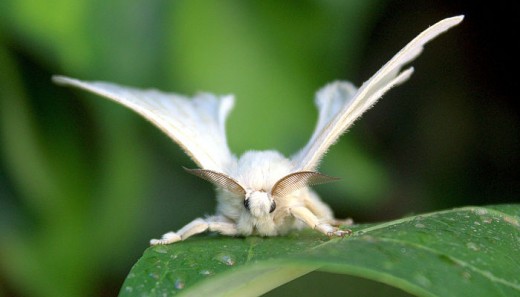
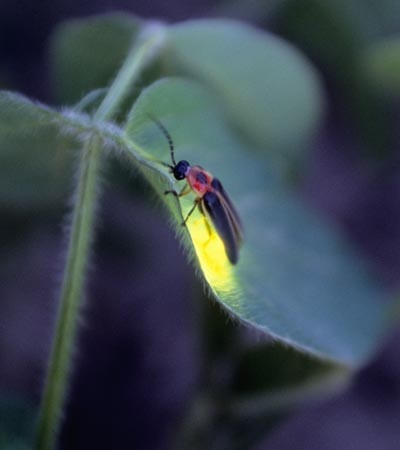
Fireflies
Fireflies are slightly more popular with humans generally as they are less destructive and have appeal due to their unusual ability to glow. They are also known as 'lightning bugs' and are so-called because they employ the use of bio-luminescence to attract prey and also to create a sexual display to attract mates.
This light is chemically produced in the lower abdomen, and can be yellow, green or orange/red in color. Fireflies are winged beetles that belong to the Lampyridae family and the Coleoptera order.
There are around 2000 different species of firefly, with potentially many more to be discovered. In some species the females cannot fly and are wingless. Fireflies surprisingly are carnivorous and prey on snails, other small insects and beetle/insect larvae. They are mainly found in the tropical and temperate climates of marshes and wooded areas. They are small, soft-bodied beetles that are usually light-dark brown in color.
Give Garden Bugs a Place To Shelter
Earwig Nest
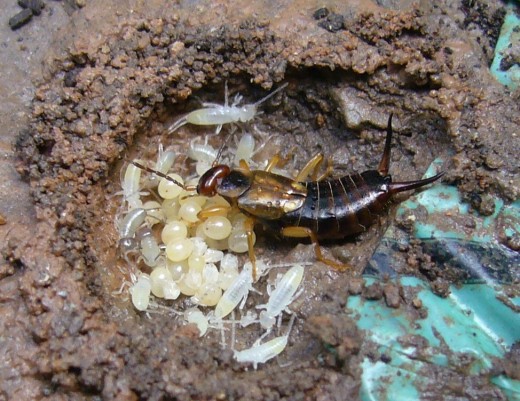
Earwigs
Earwigs are a species of arthropod and are found across the globe, with there being approximately 2000 known species, which are split into 12 separate families and make up the insect order dermaptera. They are found in moist, dark crevices such as in rock walls and under rotting tree bark, where they hide during the day; and at night they can be observed feeding on other insects and some varieties of plant. Earwigs are typically between seven and 50 millimeters in length, are brown or black in color with elongated bodies and cerci, which are paired appendages on the rear segments of many arthropods, and can be used as weapons and also as an aid during copulation.
The name 'earwig' is derived from Greek and means "skin wings" which refers to the leathery wings that the earwig possesses, though very few species actually use them, and many will spend their entire lives on the ground even though they are capable of flying. The name may also have been derived from the old wives tale that earwigs crawled into people's ears at night and laid their eggs in human brains. Obviously, this is a myth and though there have been incidents where earwigs have accidentally crawled into human ears, there has never been any harm done by the earwig.
These guys are extremely common in England, where I come from and are eaten by many other different species such as birds and other insects.
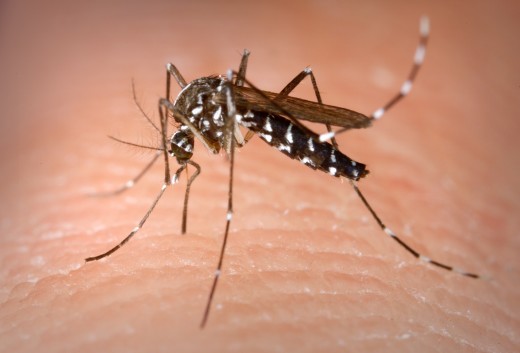
Mosquitos
These pests are probably the least popular with humans out of all the ones on this list because of their tendency to bite, leaving a red, itchy mark on the skin or sometimes quite severe illness. Although people worry more about spiders, caterpillars and other scary looking beetles, insects and grubs, mosquitos are responsible for transporting and transferring serious and even life-threatening diseases such as malaria, yellow fever and filariasis - so you have reason and cause to worry about them!
That said, they are not without purpose.
There are over 2,500 mosquito species, which belong to the Culicidae family, and the Diptera order. They are particularly unpopular insects among humans because they feed on the blood of living mammals (including humans).
Mosquitos are a type of fly, and like all flies, have four stages in their short life-cycles: beginning as an egg, hatching into larva, becoming pupa and finally, imago (adult). Adult female mosquitoes usually lay their eggs in or near stagnant water, where the offspring will remain until they reach maturity. Their development usually takes about 40 days, but this depends on temperature, species and climate.
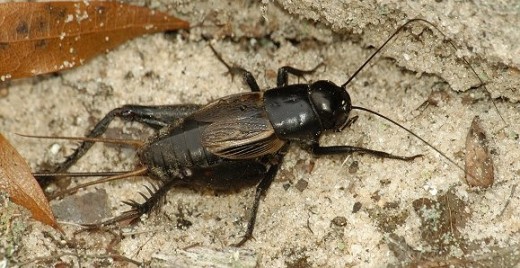
Crickets
Crickets belong to the Gryllidae family and are a small insect that is generally either black or brown in color, with long antennae and a slightly flattened body. Crickets are omnivores and while they will usually feed on plants and fungi, they have been known to prey on other weak or dead crickets when food is scarce.
It is a popular myth that crickets emit the commonly heard 'chirping' noise, known as 'stridulation', by rubbing their legs together when this in fact is not the case. Only the male crickets produce this noise, and do so by using the stridulatory organ - which is a long vein that runs down the underside of each wing. In appearance, this vein looks a little bit like a comb, because of the presence of 'teeth', which the male rubs the topside of one wing to produce the chirping sound. Crickets are used as a food source in some countries such as Thailand and Vietnam and are thought to contain high levels of protein. Though several species are capable of delivering a fairly painful bite, crickets are generally completely harmless to humans, and are not venomous or poisonous, despite certain myths. They are preyed upon by many other animals, including spiders, salamanders, lizards and frogs.
There are over 900 species of cricket, many of which are often mistaken for grasshoppers due to the fact they share the ability to jump relatively high and long distances, because they have such powerful back legs that are designed for this very purpose. One main difference between these two species, however, is that grasshoppers are strictly diurnal, whereas crickets are always nocturnal.


